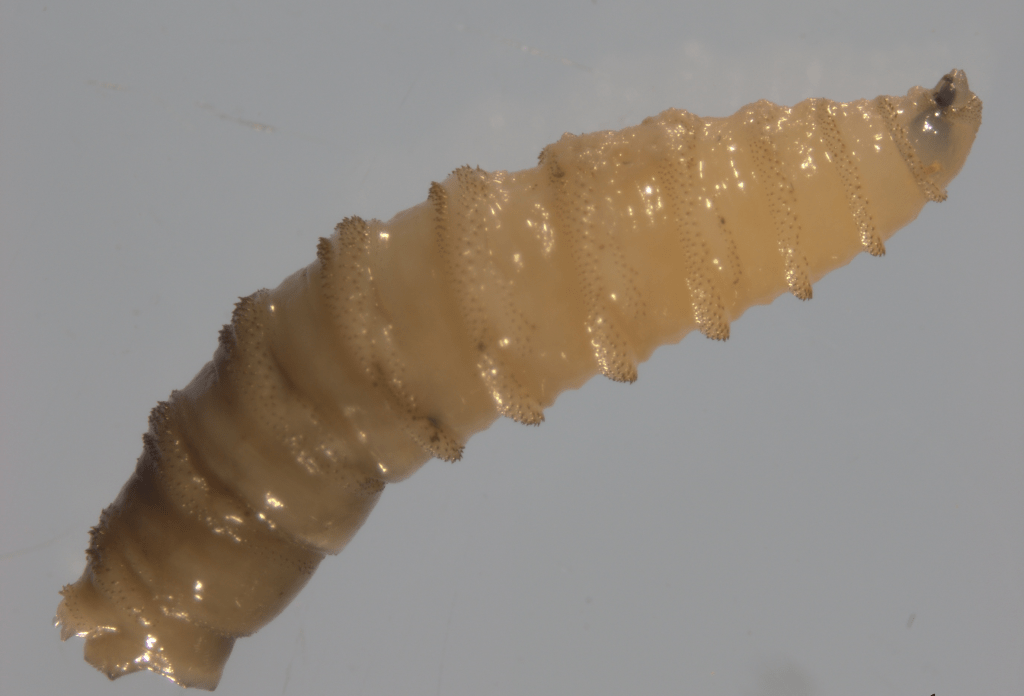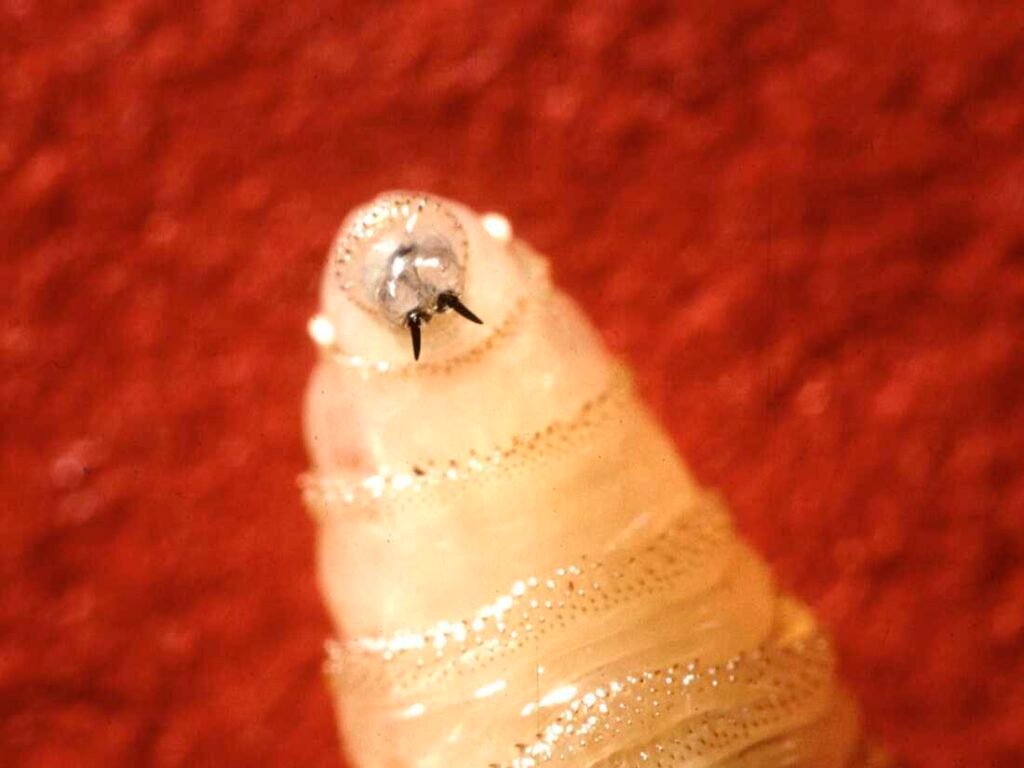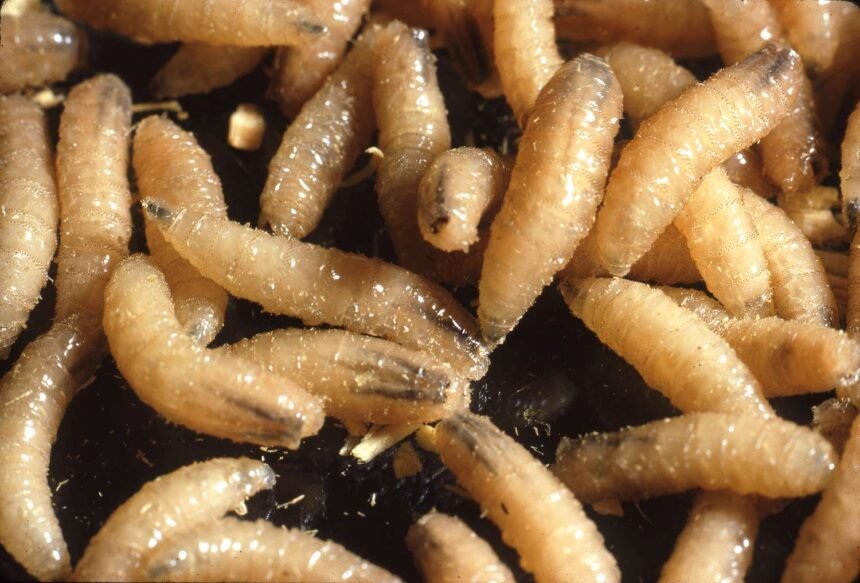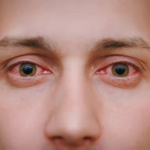Understanding the New World Screwworm Parasite
The New World screwworm, a flesh-eating parasitic larva of the blow fly species Cochliomyia hominivorax, represents a rare but serious health concern. Unlike other blow flies in the Western Hemisphere, this species feeds on the living tissue of warm-blooded animals. In early August, a travel-related human case was confirmed in Maryland. The patient had recently returned from El Salvador and has since recovered, with no transmission reported to other humans or animals.
These parasites typically infest animals but can also affect humans under rare circumstances. The larvae are notorious for burrowing into living flesh, causing painful and rapidly worsening wounds if not treated promptly. Understanding how these parasites operate is crucial for both public health and animal safety.
Transmission and Risk Factors
New World screwworm infestations occur when adult female flies lay eggs on open wounds or minor skin abrasions of warm-blooded animals. Each female can lay between 200 and 300 eggs at a time. Once hatched, larvae immediately begin consuming tissue, causing large, severe wounds that can lead to secondary infections or death.
The parasite affects a wide range of hosts, including livestock such as cows, horses, and bison. Pets and humans are also susceptible in rare cases. Risk increases in regions where screwworm outbreaks are prevalent, particularly Central America. Travelers from outbreak zones are considered potential carriers, as shown by the Maryland case.

Outbreak History and US Response
New World screwworm was largely eradicated in the United States during the 1960s and 1970s through a sterile insect technique. Sterile male flies were released from aircraft to mate with wild females, effectively breaking the reproductive cycle.
Following recent outbreaks in Central America and southern Mexico, US authorities have reinforced measures to prevent reintroduction. Plans include a new sterile fly production facility in Edinburg, Texas, capable of producing up to 300 million sterile flies weekly. The initiative aims to safeguard livestock, maintain food supply security, and prevent widespread infestations. https://www.fao.org/animal-health/en
Surveillance and Emergency Measures
The US Department of Agriculture has allocated $100 million to develop advanced traps, lures, therapeutics, and fly production techniques. Surveillance patrols, known as “Tick Riders,” are deployed to monitor livestock. Detection dogs trained to identify screwworm infestations are also part of preventive measures.
The US Department of Health and Human Services issued an emergency declaration allowing the FDA to authorize drugs for treating and preventing New World screwworm infestations in animals. Currently, no FDA-approved medications exist, making early identification and containment critical.
Symptoms and Effects on Hosts
Infestation leads to severe tissue damage. Within 12 to 24 hours of hatching, larvae begin feeding aggressively on living tissue, causing deep wounds and infections. Untreated cases can result in the death of livestock within one to two weeks. Human infestations are extremely rare, but they present similar risks of rapid tissue destruction and require immediate medical attention.
Treatment and Management
Treatment involves cleaning and disinfecting wounds, applying antiseptics, and covering affected areas to prevent further infestation. In livestock, timely intervention prevents the larvae from spreading to other animals and minimizes economic losses. For humans, medical care is essential to remove larvae safely and prevent secondary infections.
Preventive measures focus on maintaining healthy animals, inspecting for wounds regularly, and avoiding contact with infested regions or animals. Education for livestock handlers and veterinarians is critical to recognize early signs of infestation.

Preventing Future Outbreaks
Prevention strategies include:
- Maintaining strict biosecurity measures in farms and animal facilities.
- Implementing early detection protocols with trained personnel and detection dogs.
- Supporting sterile fly production and release programs to control wild populations.
- Educating the public about avoiding contact with infested areas, particularly travelers returning from outbreak regions.
Continued research into the New World screwworm’s biology and behavior ensures effective containment strategies and reduces the risk of reintroduction into the United States.
Conclusion
The New World screwworm remains a rare but dangerous parasite capable of affecting both animals and humans. Early identification, prompt treatment, and preventive measures are essential to protect public health and livestock populations. Coordinated efforts between federal agencies, veterinarians, and livestock handlers provide the best defense against potential outbreaks, ensuring the parasite does not re-establish itself in the United States.




